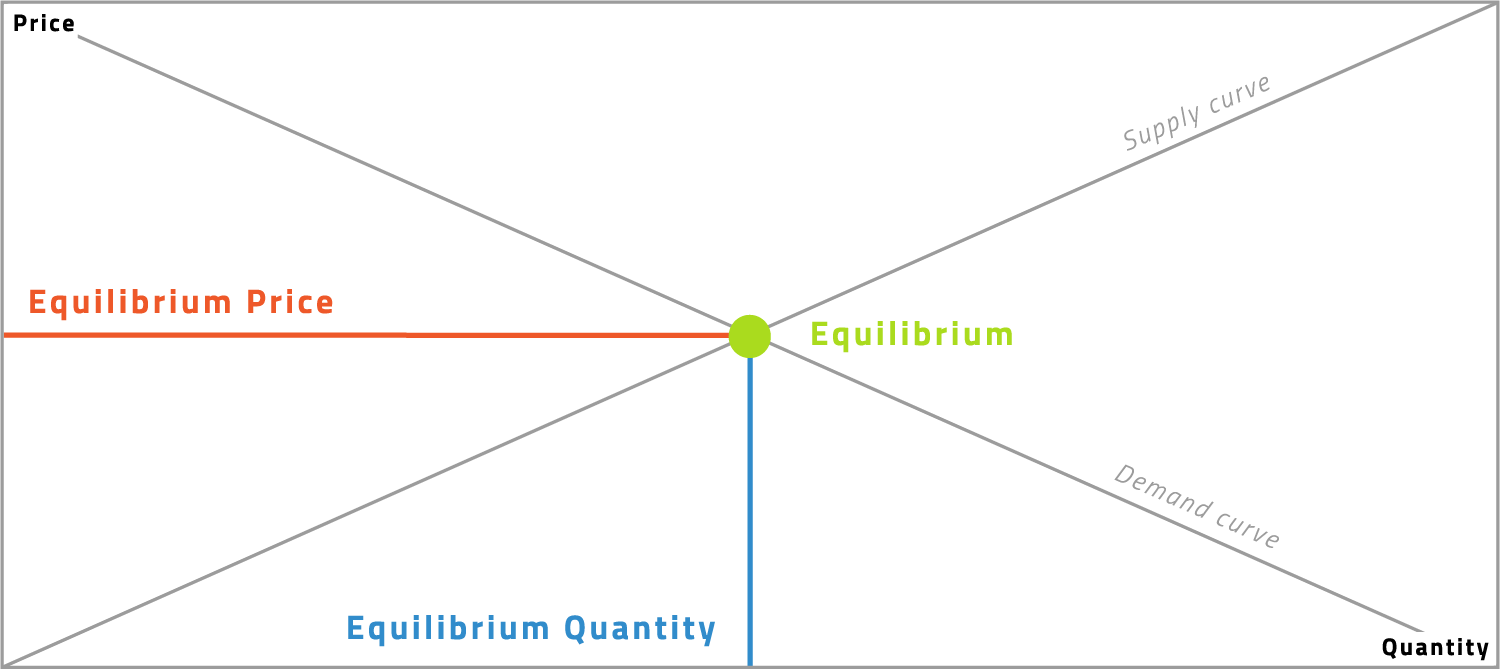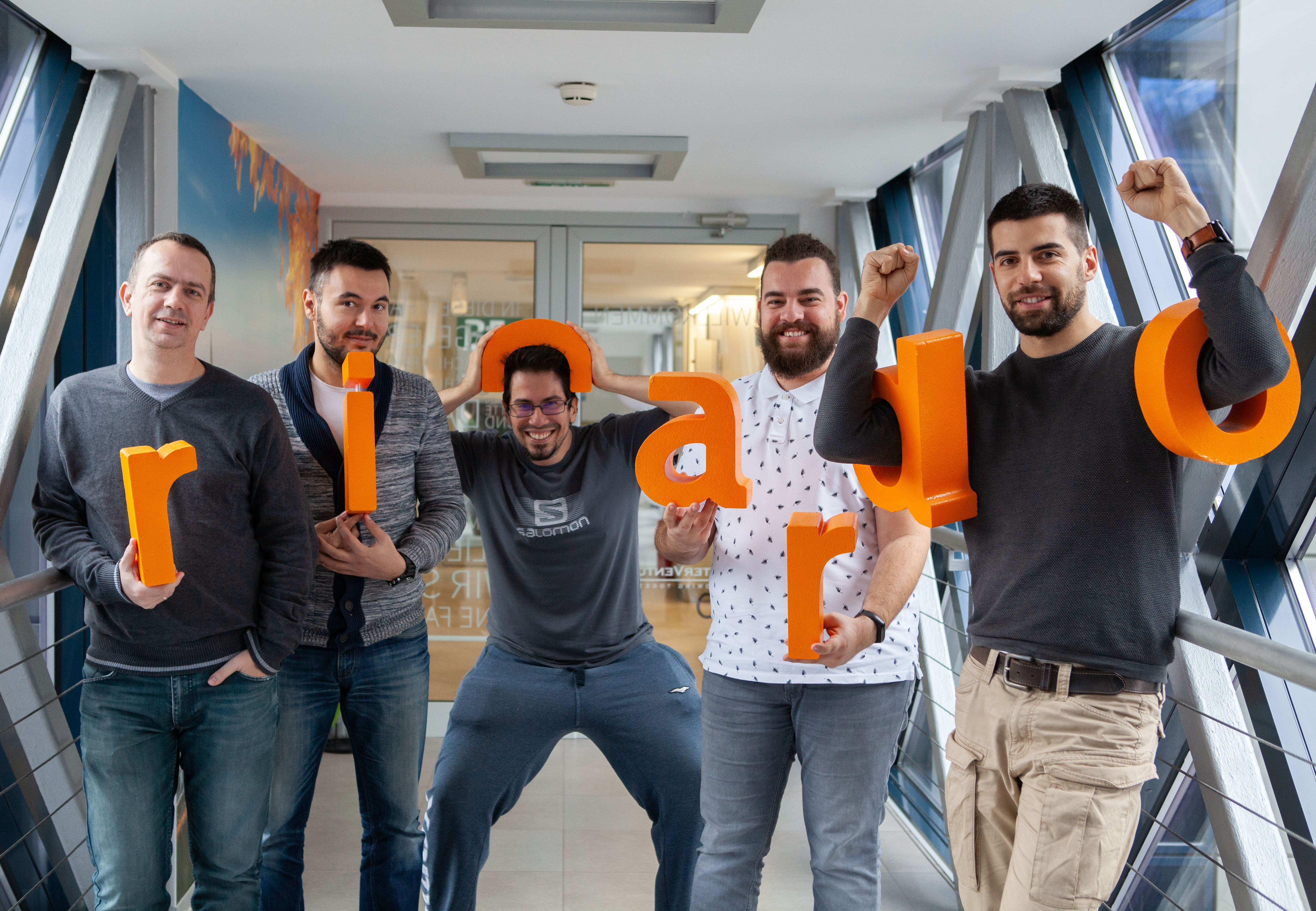Why most software development job ads fail to attract the right talent
Posted by InterVenture on September 21, 2020“We’re looking for a talented senior developer with at least 15 years of experience in AngularJS.”
Interesting. Since AngularJS wasn’t released until 2010, we can only conclude one of two things:
- This job ad miraculously wandered from the future, proving what modern physicists and sci-fi lovers have been telling us for decades
- The company’s actually looking to hire a developer who’s a Dr. Strange-like-superhero capable of manipulating timelines and jumping from one multiverse to another in order to collect the required professional experience.
Jokes aside, the actual backstory behind this is far less exciting. The above-mentioned impossible requirement is in fact related to HR’s lack of expertise in tech recruitment.
(By the way, we wish we made up this software development job ad, but we didn’t. To make things worse, it’s not an isolated case.)
In addition to these rookie recruiting mistakes, there is a lengthy list of reasons why most software development job ads fail to attract the right talent. From mile-long lists of ‘must-have’ requirements to transactional thinking, there’s a lot that we at InterVenture noticed in the industry.
Before we dive in: if you’re an IT professional who has a habit of glancing over software development jobs just to see what’s out there, we would love to hear your two cents on the topic. Drop us an email and make sure to check out what our engineering community is about.
Understanding the software development jobs market
It’s no secret that software developers are in high demand and well paid, which is why this makes a very attractive career choice for many. According to Evans Data Corporation, we can expect around 28,7 million developers working by 2024. It seems that the growth of this workforce will not be reaching a plateau anytime soon. When you think about it, it’s fairly logical because technology continues evolving and it will do so indefinitely, which directly influences demand.
Let’s pause for a moment to discuss the specificity of the software development job market which reflects in the law of supply and demand. In contrast to other occupations, the demand for software development is continuously increasing but the growth of the workforce is still a couple of laps behind; it simply cannot catch up.
In layman terms, the demand exceeds the supply.
According to estimations, there is just one hire for every three unique software development jobs. This fundamentally changes the dynamic of employment within this market which is something many recruiters miss out completely.
| The law of demand | At higher prices, buyers will demand less of an economic good. |
| The law of supply | At higher prices, sellers will supply more of an economic good. |
| Equilibrium price | Supply and demand pull against each other until the market finds an equilibrium price. In this context, we’re talking about more or less stable salary ranges for software developers. |
The law of supply and demand can be graphically shown in the following way:

(Source: Investopedia)
So, in the case of software development jobs, scarce resources create a favorable negotiation position for talented candidates. However, money is not a primary motivator for them.
What does ‘competitive salary’ even mean?
Equilibrium prices are formed and they tend to vary depending on the location. Led by the idea of finding the most cost-efficient solution, many smart companies are starting to recognize the value of distributed teams in IT.
But if high salaries have become the norm, why are they still the most common denominator for all software development job ads out there? What does ‘competitive salary’ even mean?
Instead of being generic, companies can try being transparent. If they want to communicate financial compensation as a ‘major benefit’, they should dare to put in the exact salary range and stop beating around the bush.
The truth is, most developers know their market worth, which is why money is not something that primarily drives them. Just like any other type of employee, they care about health insurance, flexibility, great work-life balance, an optimal number of vacation days, and other factors that matter for their well-being.

In fact, in one none-IT-focused research mentioned in the Harvard Business Review, it has been said that people are more likely to take a lower-paying job with more benefits that are important to them as opposed to a higher-paying job position.
In our experience at InterVenture, the opportunity for professional growth is among top priorities for developers, as well as working on projects that are exciting and challenging.
To put it bluntly – salary is not going to cut it. Recruiters have to realize that the software development job ad serves as a sales pitch: the company needs to sell itself, to differentiate its brand, communicate its mission and vision, and ultimately – explain what makes it a desirable place to work at. Obviously, that requires more than just filling out a job template they found online.
This leads us to the next reason why most fail to intrigue talented developers, regardless of whether they are actively looking for work or just passively browsing.
Transactional thinking vs. engagement
The problem with bad software development job ads lies in how generic, dull, and dry they feel. It’s somewhat like a one-sided conversation, a monologue held by the company looking to hire. Instead, it should be an invitation.
Kevin Wheeler, a consultant in talent management, made some pretty good points about the necessity of recruiting moving away from transactional thinking to finding a way to connect and engage with candidates. Because it focuses on the financial aspect and unintentionally reduces candidates to quotas, transactional thinking turns away talent and damages relationships before they are even established.
Recruiters should instead invest an effort into engaging potential candidates and designing a great experience for them since the very beginning. The best way to attract talent through a job ad is to send the following message through:
We need your expertise and are looking for a mutually beneficial partnership. Maybe we’re a fit? Are you interested in finding out? We’re willing to create a work environment together with you and provide you with everything you need so that you feel comfortable and inspired to do your best work.
Instead, many of the job ads are sending a message that sounds something like this:
We’re looking for an employee, a software developer; not just any software developer, but the one with maximum experience in this specific niche. We don’t fully understand what it is that you do, but we know we need someone like you. We measure seniority exclusively by looking at years of experience. You’ll learn something while working for us, for sure. Competitive salary!
The issue with the latter approach is that it misses out on the opportunity to speak to candidates at an eye-level and treat them as humans, collaborators, partners, and contributors – not task-doers. Always remember: talent attracts talent.

Happiness > job satisfaction
A great job ad balances between what the employer needs and what the candidate wants. It is honest, simple, and straightforward. But to create such a job posting, the company needs to focus on the why, i.e. the purpose of what they do. This idea of focusing on the why was popularized by Simon Sinek in 2009 when TED published his talk based on the bestseller ‘Start with a why’. But the idea itself is universal.
People need to have a sense of higher purpose walking through life, and most need to have a sense of purpose in their careers, too. When you bear in mind we spend one third of our lives at work, we better make something out of it, right? Might as well try and be happy at what you do.

Well, research has shown that purpose provides exactly that – a cornerstone for happiness.
Companies looking to recruit software developers should rethink their strategy. Instead of just promising job satisfaction, could they dare to suggest ensuring happiness at work? It seems like just a semantics issue, but it’s honestly not. Happiness is a much more broad, profound, and consuming emotion as opposed to feeling satisfied within your job position. Happiness cannot exist without satisfaction, but satisfaction can exist without happiness. More importantly, happiness correlates to developers as humans, while satisfaction correlates to developers as workers.
One study has proven that the happiness of all key stakeholders involved in the software development process is an essential element of company success. Many studies from behavioral software engineering that followed highlighted the relationship between software developer happiness and performance and productivity.
A happy team is a functional and fulfilled team. But without providing context about the purpose, type of projects lying ahead, and injecting excitement into the job ad – there’s no way the company will succeed at making candidates think – hm, I could be happy here.
At InterVenture, we build all-star remote teams led by a single core value: growing together. If you’re curious to find out more about us, be our guest. Also, we invite you to snoop around our currently open job opportunities and join our engineering community.